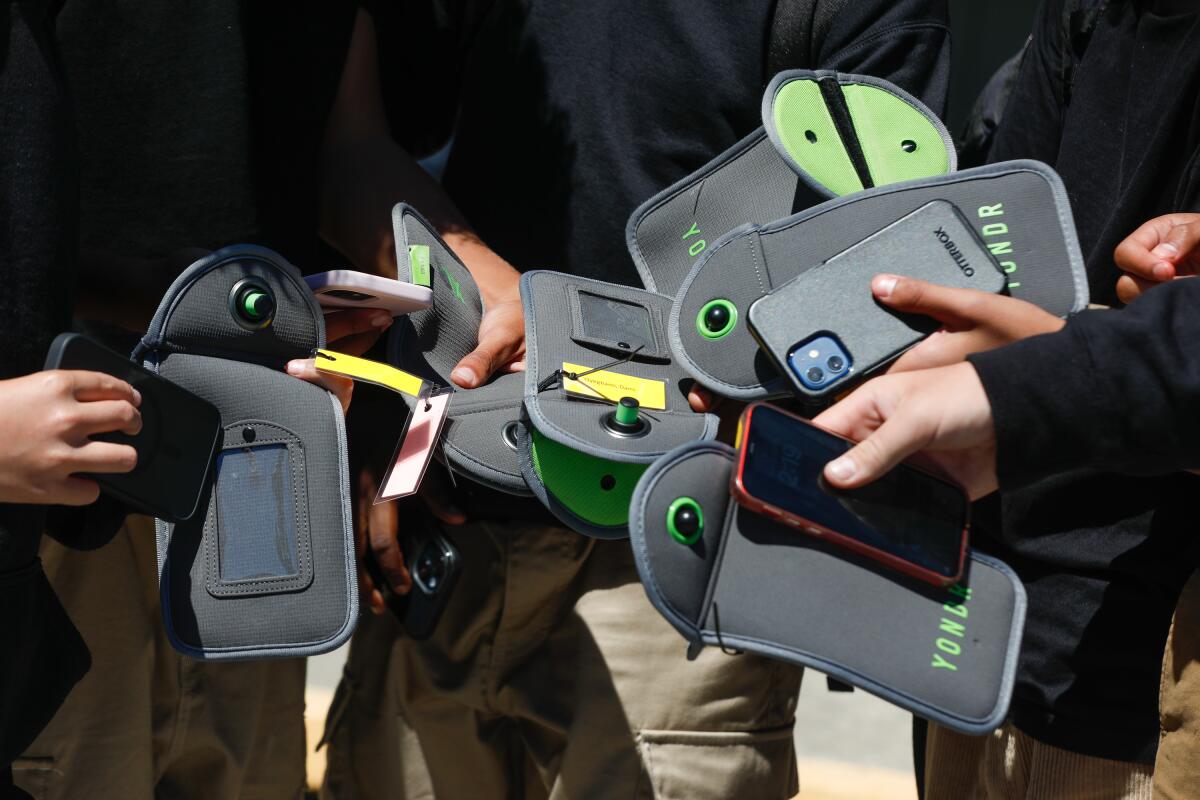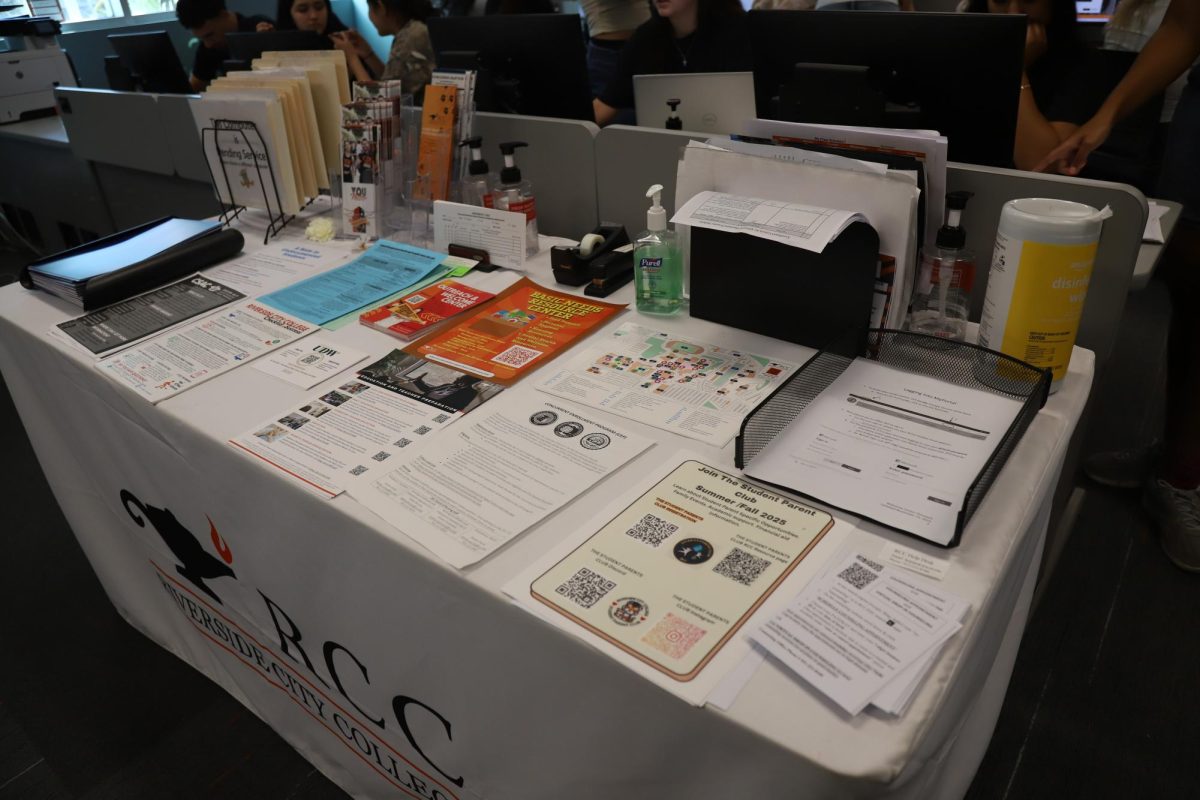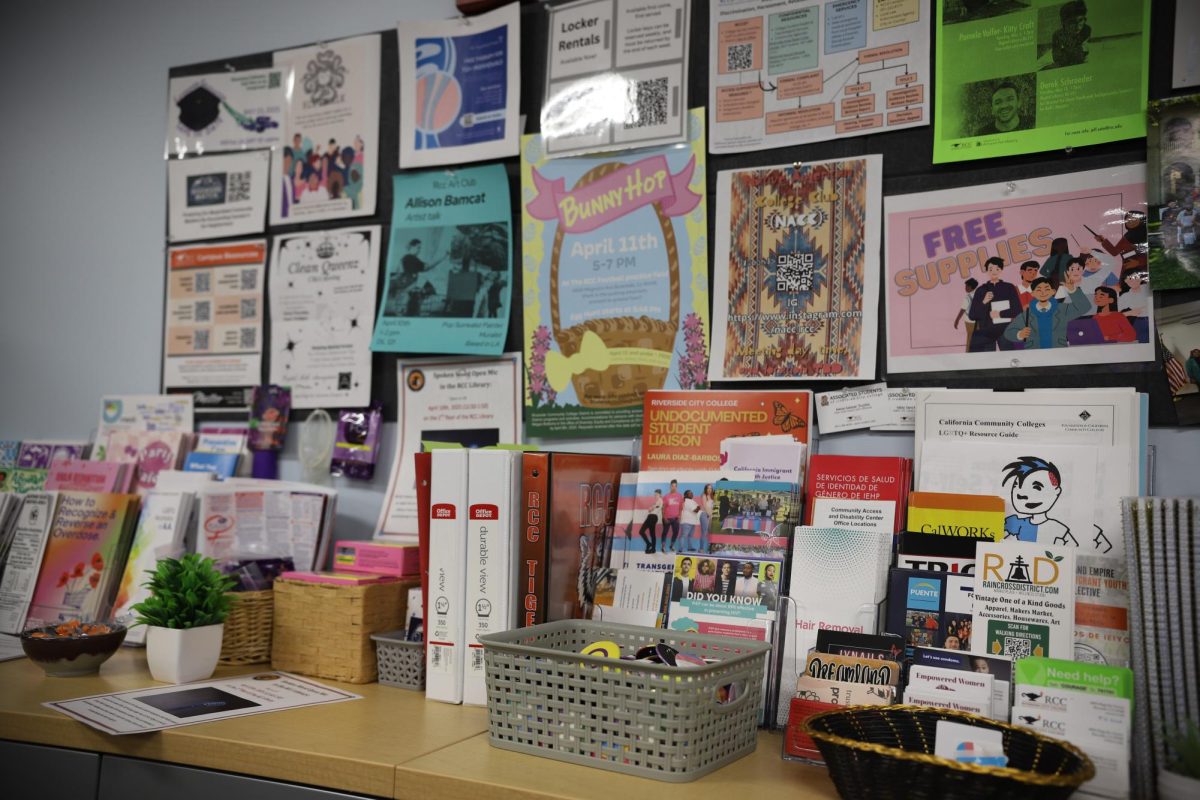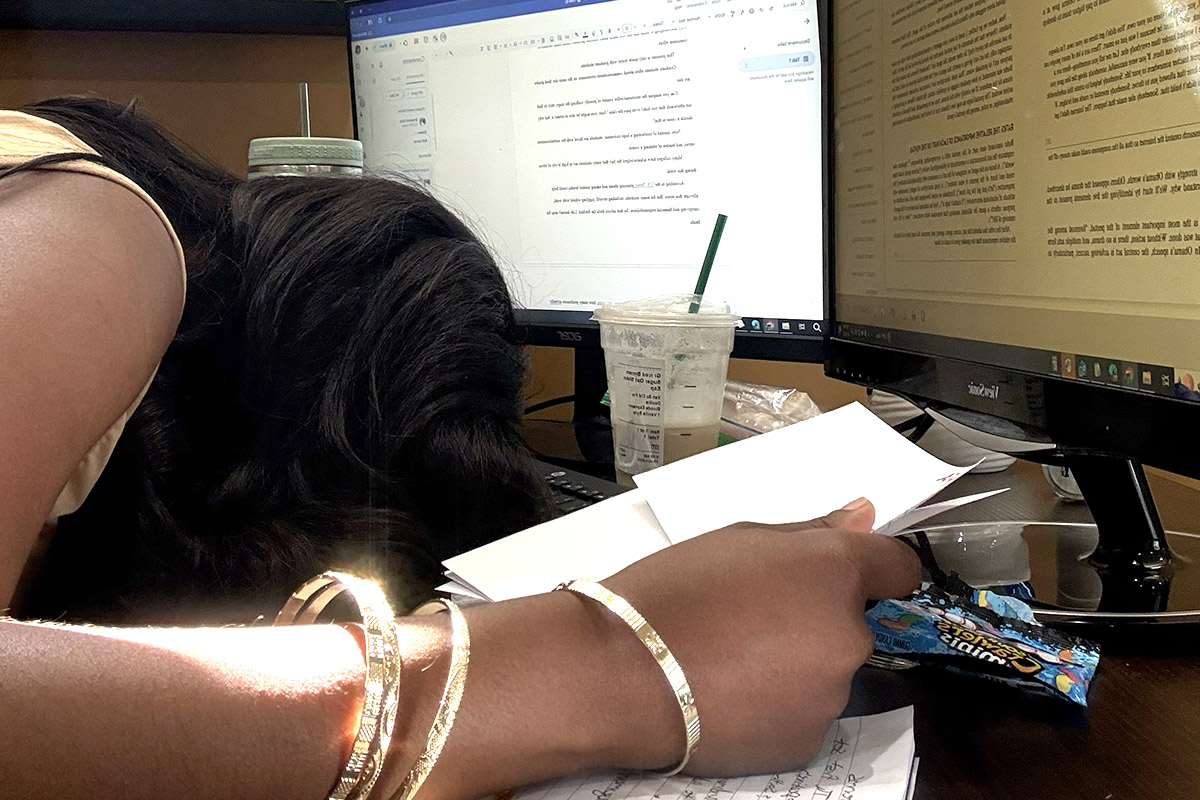
Students across California are losing their ability to use cell phones while on school campuses.
Will this restriction really help with the development of their minds or is this just another way in which the state is trying to take away the rights of students?
According to his website, Gov. Gavin Newsom signed AB 272 (Muratsuchi) into law in 2019 granting school districts across the state the authority to regulate cell phone usage during school hours. However, with the new 2024-2025 school year, Newsom is pushing all schools to implement the banning of cell phones further.
Currently, 76% of U.S. public schools have restricted non-academic usage of cell phones during school hours, according to the National Center for Education Statistics. The Los Angeles Unified School District’s Board of Education approved the resolution to form a phone-free district in June 2024. The ban is expected to take effect in 2025.
As a former K-12 student in California, I believe that the banning of cell phones does not have a very good chance of longevity. Since I was in middle school many schools leaned toward online learning and started to implement resources such as Canvas as a way for students to turn in homework or to check any updates on their grades.
According to Devlin Peck, 72% of K-12 students are using cloud-based tools, such as Guru99. Whether or not students have their cell phones is essentially meaningless as they will still be required to access the internet via Chromebook or laptop and have opportunities to access their social media while doing classwork.
According to Newsom’s letter to the school districts, the AB 272 legislation was a part of the effort to help minimize distraction and foster a more conducive learning environment. I believe that without cell phone usage many students may start to tune out more frequently to talk to their peers during lecture time. This could cause further distractions for the whole classroom.
According to a Pakistan Journal of Medical Sciences article, Attia Najya and her team conducted a poll in which 72% of the students said that chit-chat among themselves produced classroom distractions. Conversely, 68% of students found that a ringing or buzzing cell phone was the most common distraction, which is slightly lower than one would expect.
My main concern is in the way that schools are going about the banning of cell phones. Many districts are forcing students to buy Yondr Pouches— a bag that locks your phone away and unlocks it at a phone-free zone, or a place where students are permitted to use phones.
Phones have continuously been an issue within the school, but teachers took it into their own hands to tell students to put them in their bags and silence them. This has been recurring for individuals since cell phones became popular. Why all of a sudden do students need to lock their phones away in small bags and then unlock them in certain phone-free zones? Personally, it feels a bit overdramatic and unnecessary.
Banning the usage of cell phones caused communication problems between students and their parents.
According to the National Parents Union, 56% of parents believe that students should sometimes be allowed to use their phones. Many parents agree that students should use their cell phones less while at school but should be allowed to use them to arrange for transportation, at school sporting events, during their free time, and also in classrooms for academic reasons.
Ultimately, the viability and longevity of this legislation are bound to fail. Although the distraction of cell phones may be gone there can be larger distractions such as students talking to peers during instruction time that will come into play. There will always be distractions within a classroom, but it is up to the student to control their education outcomes.







